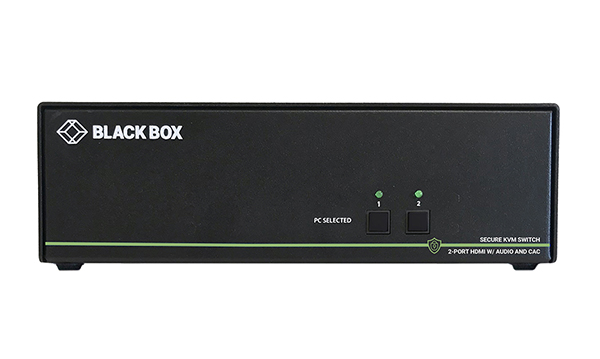Black Box Secure KVM Switch Line Enters Evaluation Phase for NIAP Protection Profile 4.0

Black Box, an industry provider of IT connectivity solutions, has announced new products in the Black Box Secure KVM Switch line have officially been listed as under evaluation for the latest U.S. Government Approved Protection Profile - Protection Profile for Peripheral Sharing Device Version 4.0. Designed to address the more stringent requirements of the National Information Assurance Partnership (NIAP) Protection Profile 4.0, these new Secure KVM Switches from Black Box will provide enhanced security against potential data leakage and hacking in applications including military and defense, transportation, education, healthcare, government, and banking and finance.
"Building on our wide range of NIAP 3.0 certified Secure KVM Switches, we will release new NIAP 4.0 certified devices that address the latest security profiles while providing industry-first KVM switch functionality and the very latest in flexible video connectivity," said David Isola, Product Manager at Black Box. "Network security is of the utmost importance in these times, and Black Box is at the forefront in developing products that meet our customers' requirements across security, functionality and performance."
The Black Box Secure KVM Switch line provides port isolation between networks, ensuring no data is leaked between secure ports and the outside world. Built with true data-path isolation between systems and networks, these switches help prevent hardware tampering and safeguard the network from accidental transfer, unauthorized access or compromise of critical data. As users control multiple computers through a single keyboard, mouse and up to four video displays, air gap isolation between all connected systems ensures the secure transfer of files.
Similar to previous generation Black Box Secure KVM Switches, new switches in the NIAP 4.0 certified product line will offer filters and the data detection and protection features needed to ensure the security of information sent between the PC and peripherals. They will enable reliable protection of vulnerable peripherals shared by classified or secure networks while also preventing threats from connections with unauthorized or untrusted peripheral devices.